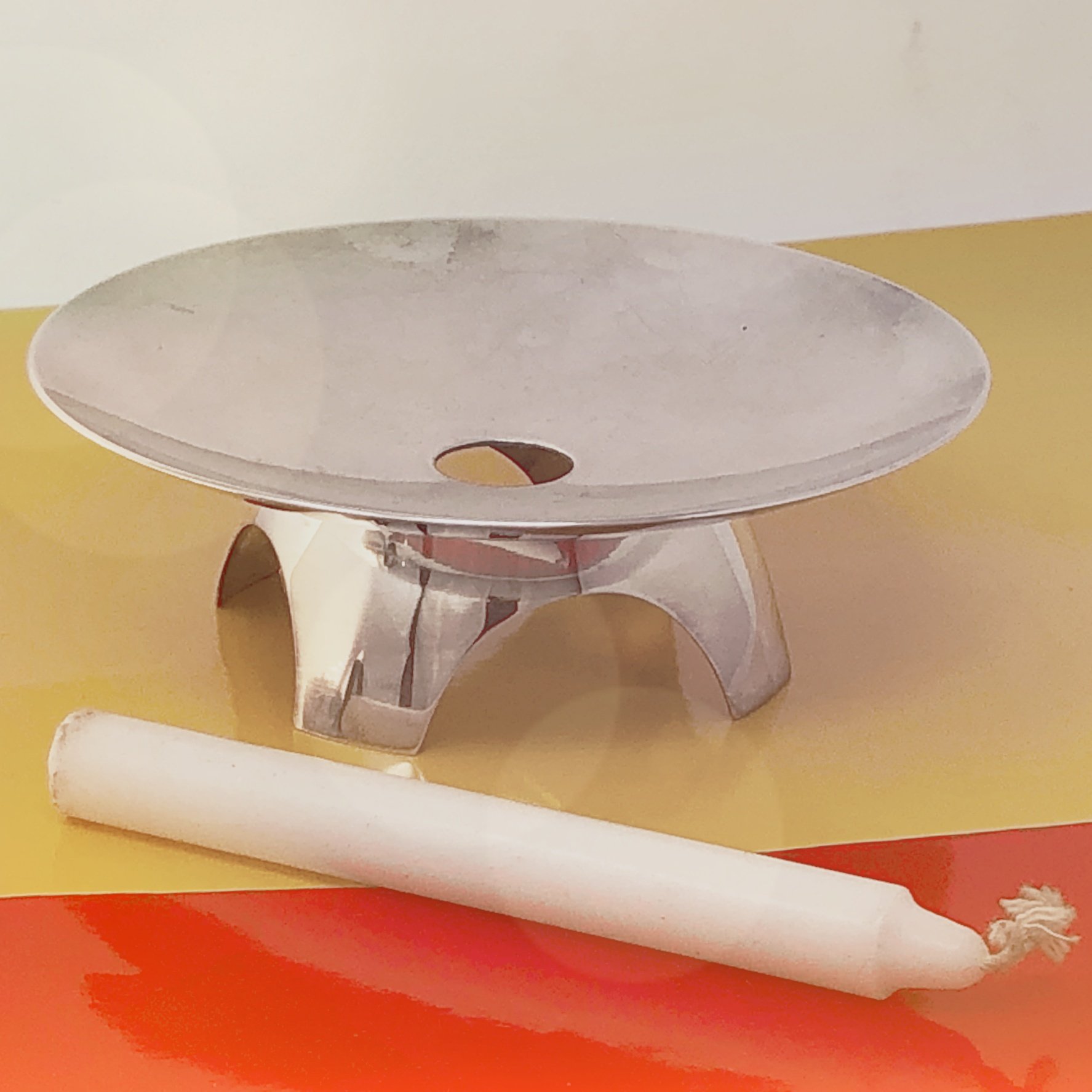COHR
On April 25, 1860 a young goldsmith named Ditlev Madsen Cohr opened his workshop in Fredericia where he made his living on the manufacture and sale of hand-forged silver flatware. In 1883 he passed away, and his widow led the business until the eldest son, the 25-year-old Carl Madsen Cohr, could take over. Carl then quickly introduced mechanical manufactury methods to the business and in 1895 he began to produce hollowware.By 1921, Cohr began to produce silver plated items, under ATLA Silverplate.
When Carl M. Cohr died in 1925, Harald Lützen became the president of the company with Carl’s son Einar Cohr as vice president. The Cohr company had largest silverware factory of its time, and used the designs of several famous designers: Mr Eduart Eggeling, Knud V . Engelhardt, Sigfred Wagner, Mogens Koch and HF Gross. In the 1930’s, steel items began to be produced.
International recognition came after the world exhibition in Brussels 1935 and Paris 1937 under the artistic direction of HP Jacobsen. Through the German occupation in 1940-45, Cohr survived by reclaiming old silver and attempting to work with other metals such as plated zinc, "bronze" and spoons and forks made of aluminum. During the 50’s Silversmith Hans Bunde’s designs were also crucial to Cohrs success and brought much recognition to the company’s name even today.
Einar Cohr took over management in 1959, but also worked in silver himself, creating cutlery and church silver. Einar Cohr died in 1970 and the company was sold to Jens count Krag-Juel-Wind-Frijs before, a year later being acquired by Horsens Sølvvarefabrik and Danish Krone Silver in Slagelse. A new factory building was built and inaugurated in 1985, but in September 1985 the company went into bankruptcy and the factory had to be shut 20 August 1987.
Click HERE to read about The Cohr Company's influence on Danish Silver



